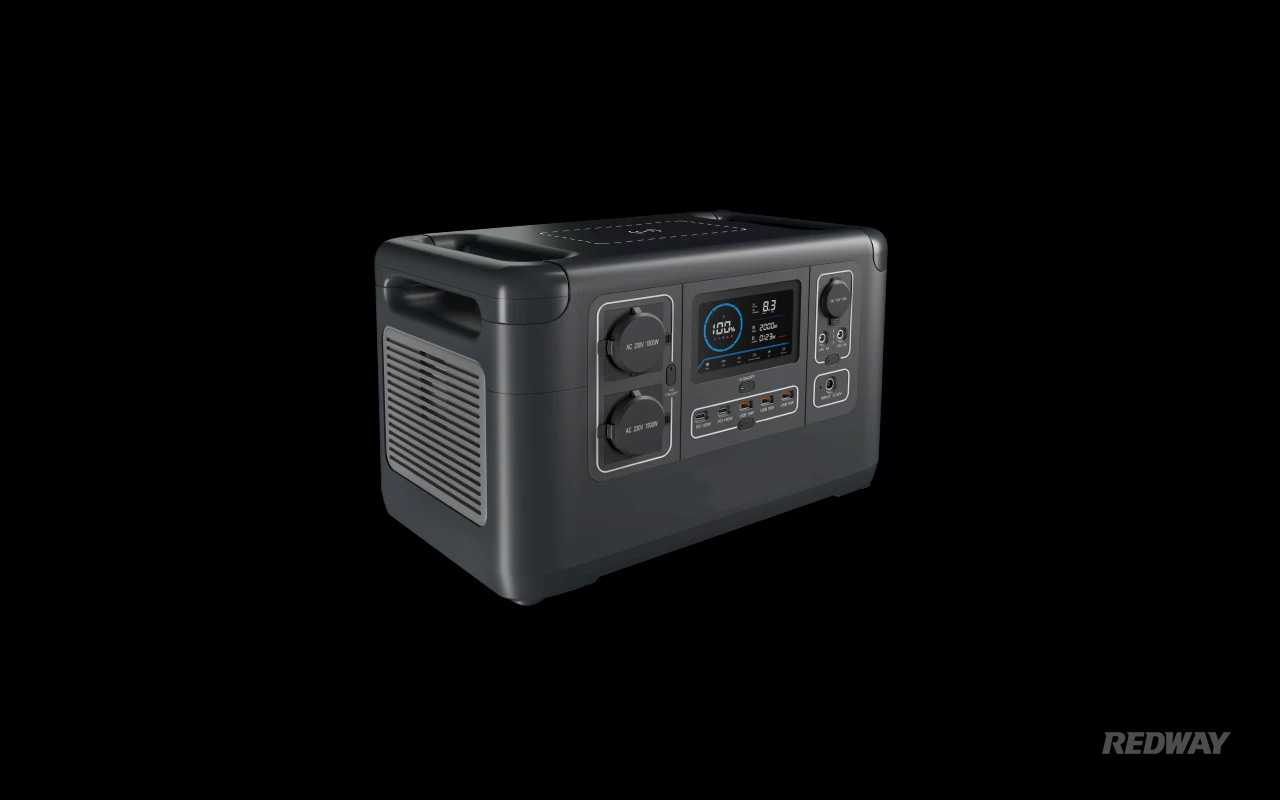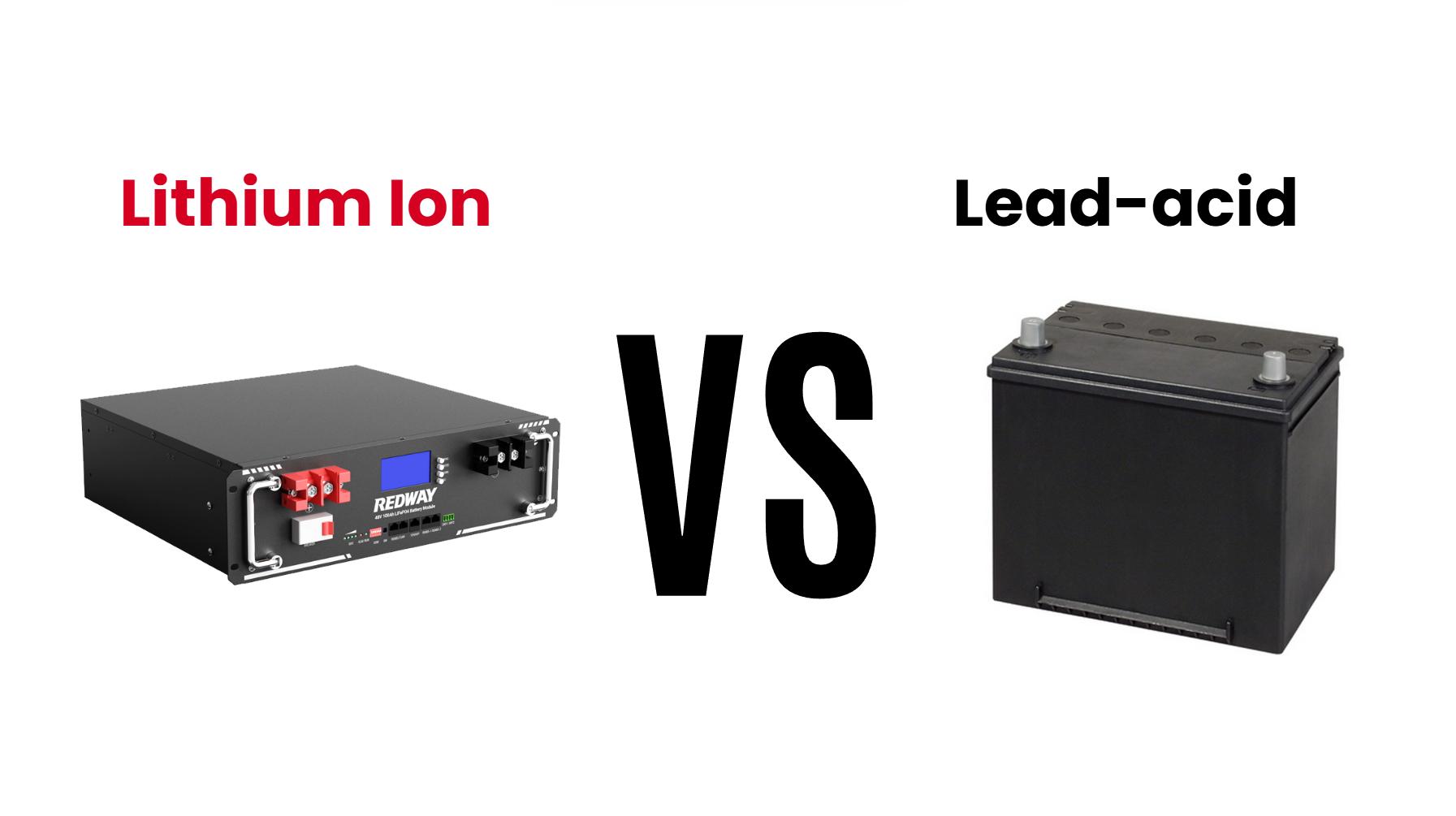What is the C charge rate of A battery?
The C charge rate of a battery refers to the measurement of current at which it is charged or discharged. A battery’s capacity is typically rated and labeled at the 1C Rate, indicating that a fully charged battery with a capacity of 10Ah should be able to provide 10 Amps for one hour. This information is crucial for understanding battery charging and ensuring optimal performance.”
-
Definition of C Charge Rate: The C charge rate is a measurement of the current at which a battery is charged or discharged. It helps determine the optimal charging current for a battery based on its rated capacity.
-
Example of 1C Rate: If a battery has a capacity of 10Ah and is rated at 1C, it means that it can provide a current of 10 Amps for one hour. This information is useful for understanding the charging capabilities and performance of the battery.
-
Importance of C Charge Rate: Knowing the C charge rate of a battery is crucial for ensuring safe and efficient charging. Charging a battery at a rate higher than its C charge rate can lead to overheating and reduced battery lifespan, while charging at a lower rate may result in longer charging times.
Understanding battery charging
Understanding battery charging involves knowledge of the chemical reactions within a battery and the processes of converting chemical energy to electrical energy. While there is no specific featured snippet for this query, tutorials and articles provide valuable insights into battery charging basics, voltage control, charge current, and the different stages of battery charging. Understanding these concepts is crucial for safe and efficient battery charging.
-
Chemical Reactions in Batteries: Battery charging involves chemical reactions within the battery that convert chemical energy into electrical energy. Understanding these reactions helps comprehend the charging process and the factors that affect battery performance.
-
Basics of Battery Chargers: Battery chargers control the voltage and current applied to the battery during charging. They ensure that the battery is charged safely and efficiently, preventing overcharging or undercharging.
-
Stages of Battery Charging: Battery charging typically involves different stages, including trickle charging (low-voltage pre-charging), constant current charging, and constant voltage charging. Each stage has specific characteristics and is designed to optimize the charging process.
-
Factors to Consider: When charging batteries, factors such as battery capacity, charging time, and safety precautions should be taken into account. Proper understanding of these factors ensures effective battery charging and prolongs battery lifespan.
What is the C charge rate?
The C charge rate is the measurement of current at which a battery is charged or discharged. It is calculated by dividing the charge or discharge current by the battery’s nominally rated capacity. For example, a 2C charge rate means that the battery is charged at a current that is twice its rated capacity. Understanding the C charge rate is important for determining the optimal charging current for a battery.
-
Definition of C Charge Rate: The C charge rate is the measurement of current at which a battery is charged or discharged. It helps determine the optimal charging current based on the battery’s rated capacity.
-
Calculation of C Charge Rate: The C charge rate is calculated by dividing the charge or discharge current by the battery’s nominally rated capacity. For example, a 2C charge rate means that the battery is charged at a current that is twice its rated capacity.
-
Significance of C Charge Rate: Understanding the C charge rate is important for determining the appropriate charging current for a battery. Charging a battery at a rate higher than its C charge rate can lead to overheating and reduced battery lifespan, while charging at a lower rate may result in longer charging times.
Factors that affect the C charge rate
The C charge rate of a battery can be influenced by several factors, including the charging voltage, series resistance, effective series resistance (ESR), temperature, and the type of electrolyte. These factors can impact the charging speed and efficiency of the battery. Understanding these factors is important for optimizing the C charge rate and ensuring safe and efficient battery charging.
-
Charging Voltage: The voltage applied during battery charging plays a crucial role in determining the C charge rate. Higher charging voltages can result in faster charging, but it is important to ensure that the voltage is within the safe operating limits of the battery.
-
Series Resistance: The value of the series resistance in the battery circuit affects the flow of current during charging. Higher resistance can limit the charging current, resulting in a slower C charge rate.
-
Effective Series Resistance (ESR): The ESR of a battery, which is related to its internal resistance, also affects the C charge rate. Batteries with higher ESR may experience slower charging rates.
-
Temperature: The temperature of the battery environment has a significant impact on the C charge rate. Extreme temperatures, both hot and cold, can affect the battery’s performance and charging capabilities. It is important to charge batteries within the recommended temperature range.
-
Electrolyte and Battery Type: Different types of batteries and electrolytes have varying C charge rates. Factors such as ion conductivity and internal resistance can differ between battery chemistries, affecting their charging characteristics. It is essential to consider the specific requirements and limitations of different battery types.
Importance of knowing the C charge rate
Understanding the C charge rate of a battery is crucial for evaluating the suitability of battery energy storage systems, calculating the speed of charge and discharge, and determining the available stored energy. By knowing the C charge rate, users can optimize battery performance, ensure efficient energy usage, and make informed decisions regarding battery usage and charging practices.
-
Evaluating Suitability: Knowing the C charge rate helps evaluate the suitability of battery energy storage systems for specific applications. Different applications may require batteries with different C rates to meet the desired charging and discharging speeds.
-
Calculating Charge and Discharge Time: The C charge rate allows users to calculate the time required for a battery to be fully charged or discharged. This information is crucial for planning and managing energy usage effectively.
-
Optimizing Battery Performance: Understanding the C charge rate is crucial for optimizing battery performance. By charging and discharging the battery within the recommended C rate, users can prevent overcharging or discharging, which can lead to reduced battery lifespan and performance.
How to calculate the C charge rate
The C charge rate of a battery is calculated by dividing the charge or discharge current by the nominally rated battery capacity. For example, a 5000 mA charge on a 2500 mAh rated battery would be a 2C rate. Understanding how to calculate the C charge rate is important for determining the charging or discharging speed relative to the battery’s capacity.
-
Formula for C Charge Rate: The C charge rate is calculated by dividing the charge or discharge current by the nominally rated battery capacity. For example, if a battery has a rated capacity of 2500 mAh and a charge current of 5000 mA, the C rate would be calculated as 5000 mA / 2500 mAh, resulting in a 2C rate.
-
Understanding the C Charge Rate: The C charge rate indicates the charging or discharging speed relative to the battery’s capacity. A higher C rate means a faster charge or discharge, while a lower C rate indicates a slower process. It is important to consider the C rate when determining the appropriate charging current for a battery.
Safe charging practices for different batteries
To ensure safe charging, it is important to charge rechargeable batteries in the device it’s used in, the charger it came with, or a charger recommended by the manufacturer. Avoid overcharging lithium-ion batteries and use lithium-specific chargers for optimal charging. Inspect batteries for damage before charging and follow the manufacturer’s guidelines for specific battery types.
-
Charge in Recommended Devices: It is important to charge rechargeable batteries in the device it’s used in, the charger it came with, or a charger recommended by the manufacturer. Chargers are designed specifically for certain battery types, and using the wrong charger can lead to unexpected problems and potential safety risks.
-
Avoid Overcharging: Overcharging lithium-ion batteries should be avoided. It is recommended not to leave lithium-ion batteries or battery packs plugged into the charger for an extended period. Overcharging can lead to battery damage, reduced performance, and even safety hazards.
-
Use Lithium-Specific Chargers: When charging lithium batteries, it is highly recommended to use chargers specifically designed for lithium batteries. These chargers optimize the charging process, ensuring safe and efficient charging while extending the battery’s lifespan.



